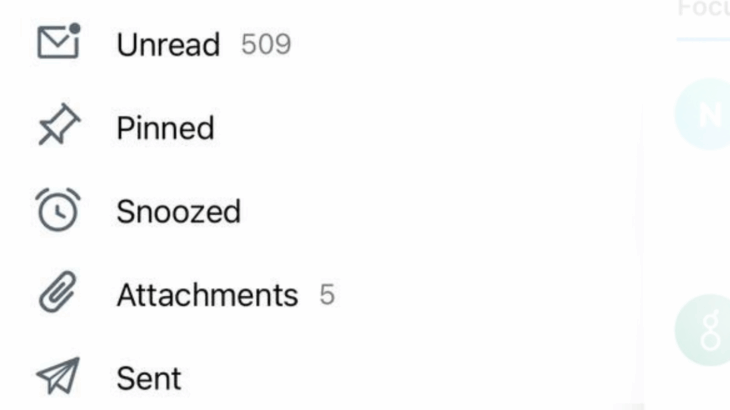
The Hidden Water Footprint of Your Email Inbox
Vol 28 Issue 02, 19th September 2025
How often do you use your email every day? Do you use only a personal email, or do you also have a student email?
Let’s take a look at the history of email. Email has been around for over 50 years. It was first created by Ray Tomlinson, who sent the first networked email and introduced the “@” symbol to separate the user from the computer. After that, email became more popular in the 1980s for organizations and universities, and in the 1990s, it became accessible for general use. Today, it is one of the most common tools for both personal and professional communication.
In this article, we want to discuss the environmental footprint of email. This is a topic that few people know about or think of, but research shows that keeping emails in your inbox has an environmental impact, especially in terms of water usage.
How does an email inbox impact water usage?
At first glance, the connection between emails and water usage seems impossible. However, the link comes from data centers, where your emails are stored. Data centers contain thousands of computers and storage devices that require electricity to operate 24/7. To prevent overheating and protect the devices, advanced cooling systems are used, and these systems often consume large quantities of water. Even a single unused email in your inbox contributes indirectly to water usage. Research shows that storing just one gigabyte of data for a year can consume tens of liters of water.
Another factor is unread messages and attachments. Beyond water and electricity, these emails contribute to carbon emissions. This pushes large companies like Google and Microsoft to increasingly rely on renewable energy for their data centers.
If you care about the environment and want to reduce your digital water footprint, here are some practical tips:
- Delete unnecessary emails.
- Unsubscribe from unused newsletters and advertisements.
- Stop storing attachments in the cloud and save them on your phone or computer’s local storage.
These small steps may seem minor, but if millions of users follow them, the collective impact can be significant. By taking action, you are not only decluttering your inbox but also helping to conserve one of our planet’s most precious resources.
- How to Be Ready for Christmas in Finland - 12th December 2025
- The Story of Black Friday - 28th November 2025
- My International Week Experience: A Colorful Mix of Cultures, Food, and Fun - 21st November 2025
